5 iconic buildings in Chicago
1) Marina City
Nicknamed the ‘corncob towers’, architect Bertrand Goldberg’s mixed-use development overlooking the Chicago River is home to nearly 900 unique condominiums with virtually no square corners. Upon completion in 1968, Marina City was the tallest residential structure in the world. Captured on the cover of local alt-rock band Wilco’s 2002 album Yankee Hotel Foxtrot, it became famous anew.
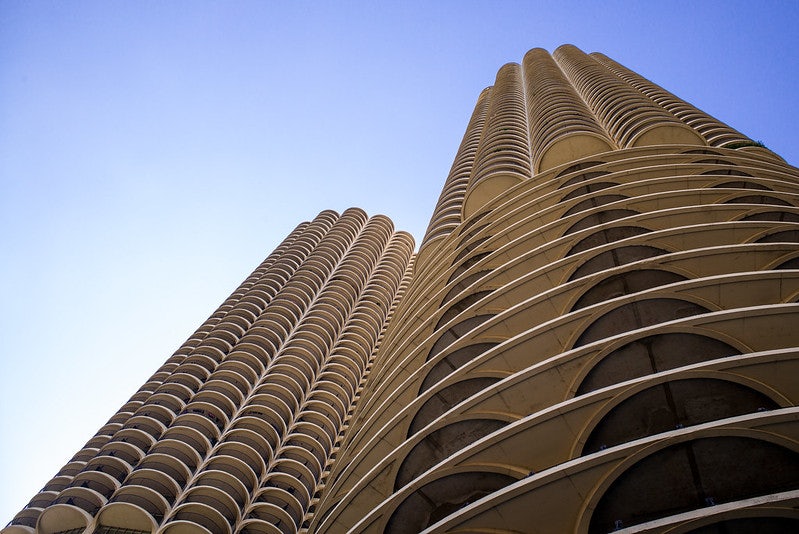
2) Carbide & Carbon Building
Designed by the sons of seminal Chicago architect and planner Daniel Burnham, this is the city’s most beautiful representation of art deco architecture. The 1929 building’s decorative elements pay homage to its original tenants in the minerals industry: along the façade, dark green terra cotta with gold leaf referenced the ancient origins of carbon deposits in prehistoric plants.
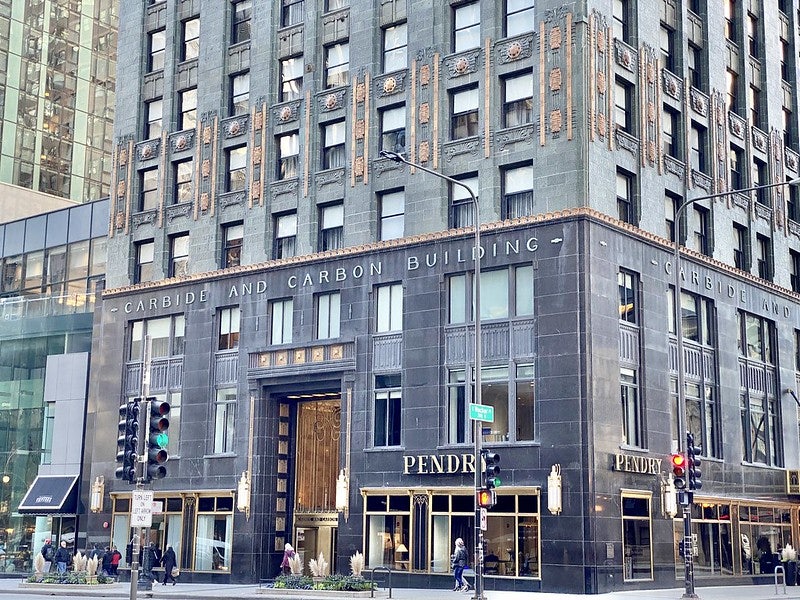
Flickr user: Warren Lemay
More hidden secrets of Chicago?
This guide is packed with hundreds of interesting places to visit in Chicago. Available in our online bookshop now.
3) Tribune Tower
Winner of a 1922 design competition to honor the Chicago Tribune’s 75th anniversary, this neo-Gothic tower was until recently the headquarters of the city’s premier daily newspaper. At ground level, look for 140 odd stones and rocks nicked from global landmarks – the Great Pyramid, the Alamo, the Great Wall of China – brought back from reporters’ trips at the request of a former publisher.
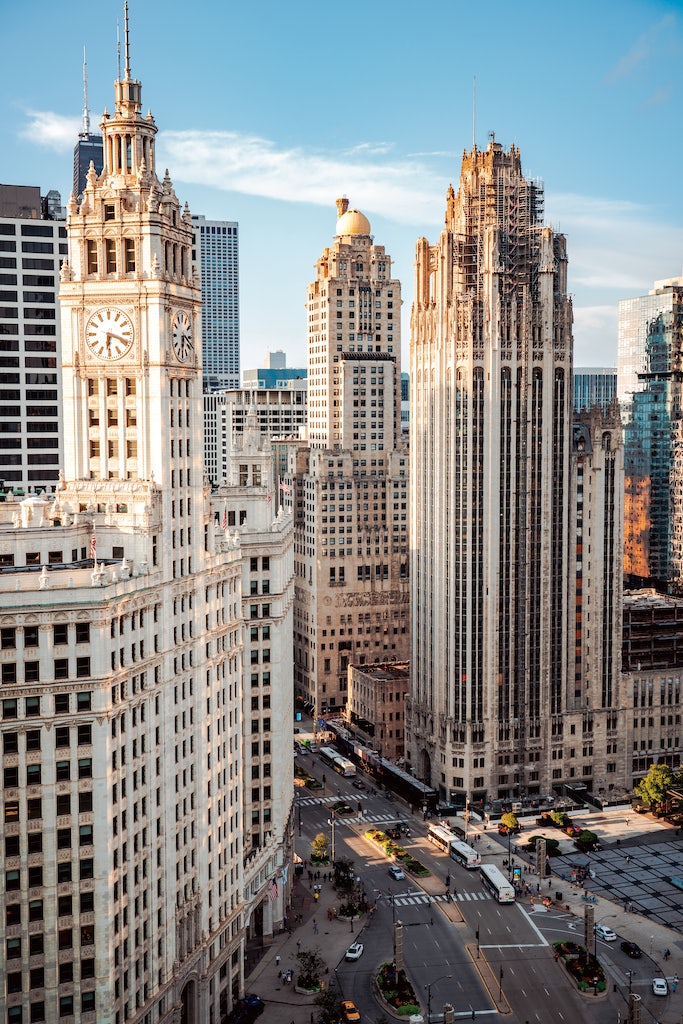
Giovanni Simeone
4) The Mart
When it opened in 1930 as a four-million-square-foot wholesale warehouse, the Merchandise Mart was the largest building in the world. In fact, it had its own zip code until 2008 when surrounding buildings began sharing it, too. Browse the showrooms for upscale furnishings trades, or stop into the food court for lunch.
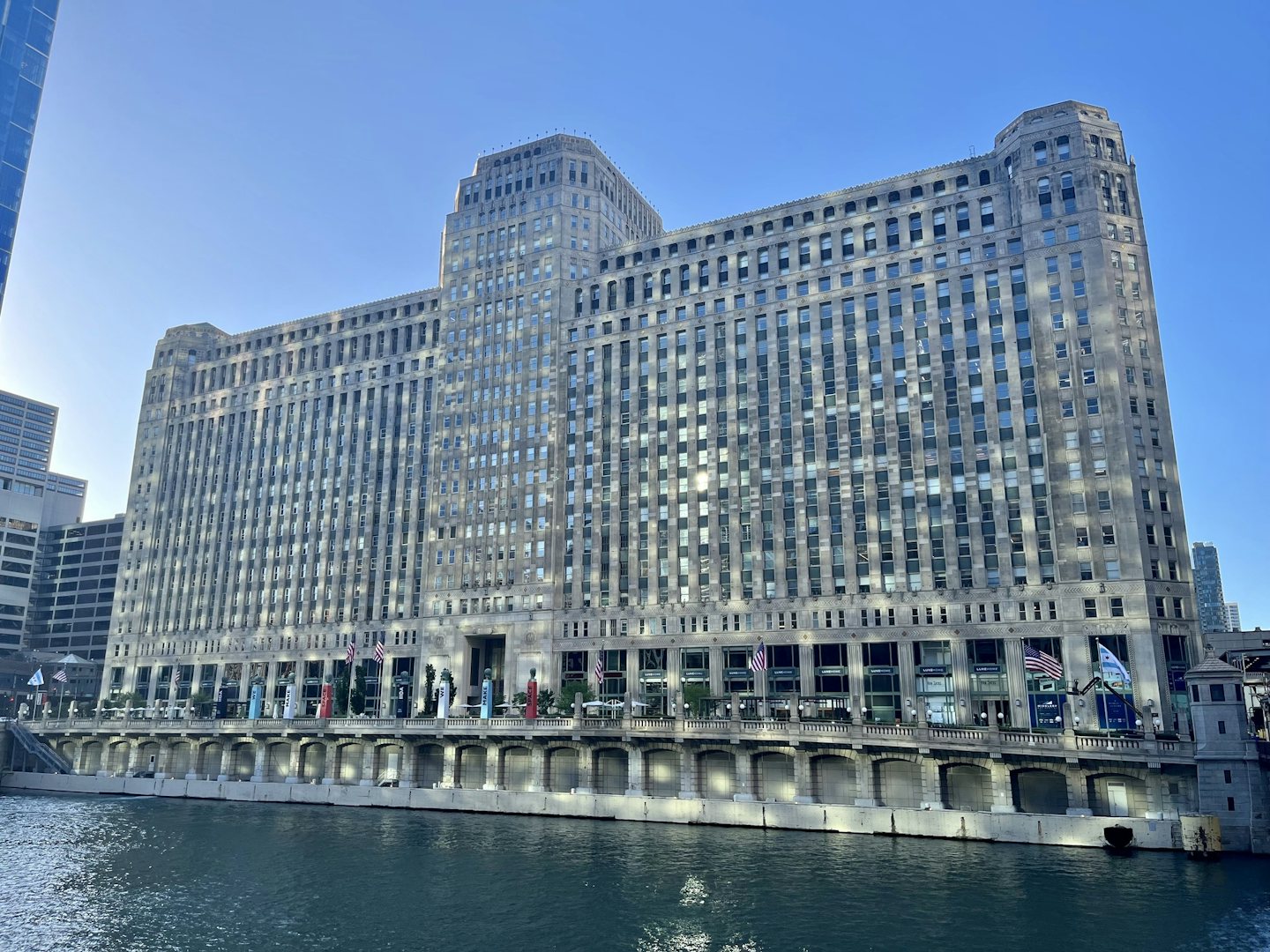
5) S.R. Crown Hall
Modernist architect Ludwig Mies van der Rohe designed more buildings in Chicago than anywhere else in the world, most of which are on the Illinois Institute of Art campus, where he was the inaugural head of the architecture department. This self-described ‘masterpiece’ of steel and glass is one of the architect’s best known structures. With no visible roof lines, it epitomizes his catchphrase: “Less is more”.
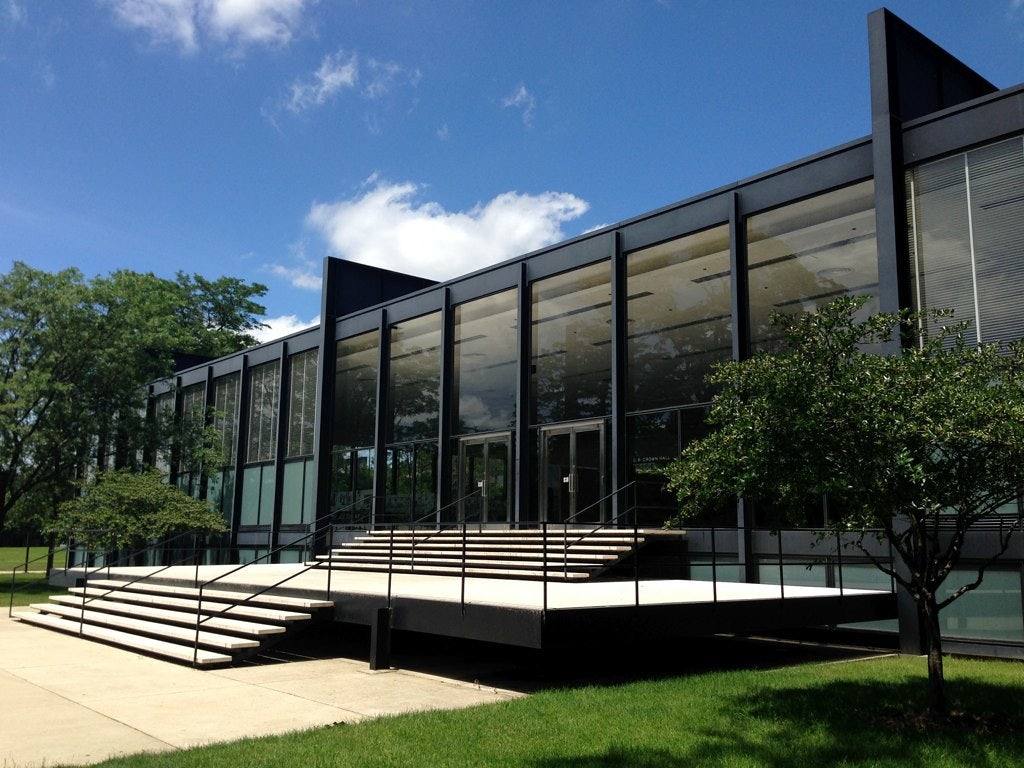
Flickr user: Jessica Sheridan
More hidden secrets of Chicago?
This guide is packed with hundreds of interesting places to visit in Chicago. Available in our online bookshop now.
JOIN THE HIDDEN SECRETS SOCIETY
Unlock a world of hidden gems. Sign up for free and gain access to over 4,000 addresses on our website. Plus, enjoy a 10% discount on all print guides and ebooks. Start exploring today!
Already a member? Log in. |
New here? Sign up. |